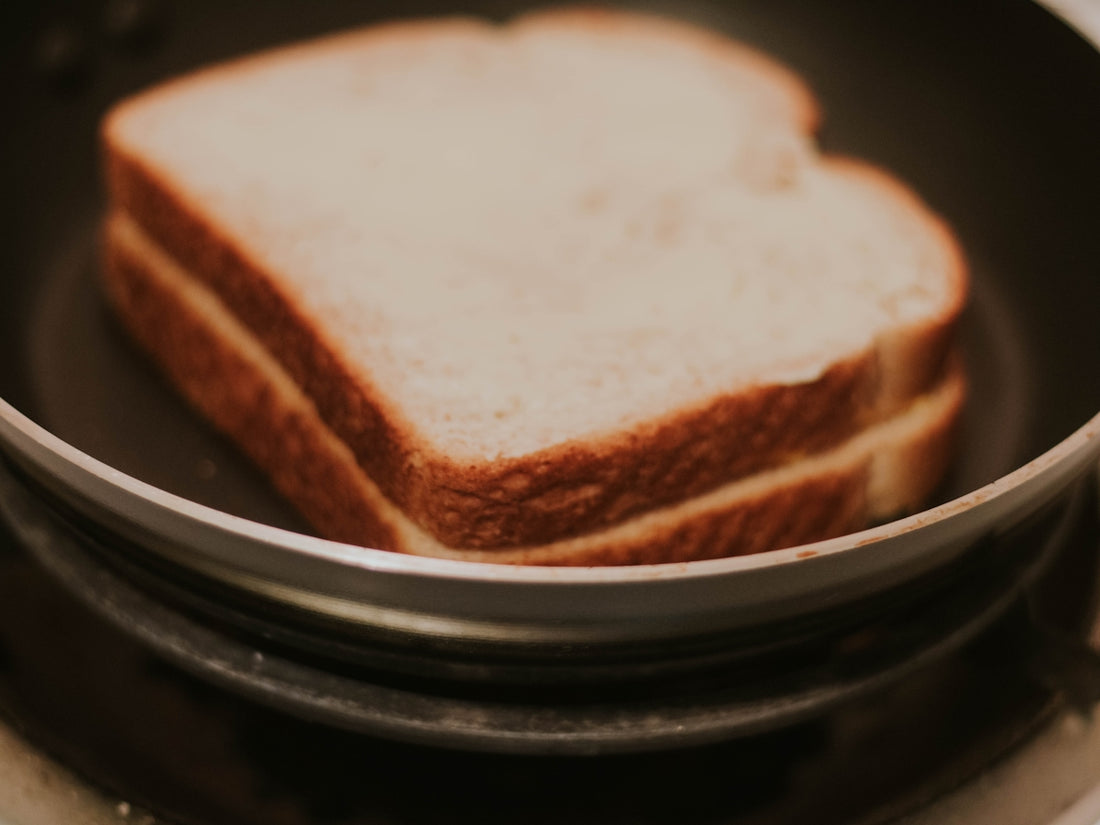
Managing Your Sourdough Starter Feeding Schedule: Best Practices
If you're diving into the art of homemade sourdough, you're stepping into a world rich with history, tradition, and irresistible flavors. At the heart of this journey lies the humble sourdough starter—a community of wild yeast and bacteria that work magical transformations during the sourdough fermentation process. Whether you're a newcomer to "My sourdough life" or a seasoned baker, maintaining a consistent sourdough starter feeding schedule is vital. In this post, we will explore the best practices for feeding and maintaining your sourdough starter, along with some sourdough baking tips, troubleshooting advice, and insights into the world of artisan bread baking.
Understanding Your Sourdough Starter
A sourdough starter is more than just flour and water; it's a living ecosystem. This blend is teeming with wild yeast fermentation, where naturally occurring yeasts and bacteria develop. This symbiotic relationship is what gives sourdough its distinctive tang and texture.
Sourdough Starter vs. Commercial Yeast
While commercial yeast provides a quick rise, a sourdough starter offers complexity and depth of flavor. It also makes sourdough suitable for people monitoring their blood sugar levels, so sourdough bread can be an excellent choice for diabetics. Understanding this difference is key in choosing the bread that fits your baking and health needs.
How to Feed Your Sourdough Starter
Feeding your sourdough starter is akin to caring for a pet. Regular feeds keep it lively and active. Here’s how to establish a sourdough starter feeding schedule:
- Consistent Timing: Feed your starter at the same time every day. Once in the morning and once in the evening usually works best.
- Ratio: Typical feeding involves mixing equal parts flour and water with the starter. Some prefer a 1:1:1 ratio (starter: water: flour) for maintenance.
- Temperature: Keep your starter in a moderately warm environment. Room temperature is usually adequate.
- Hydration: Adjust water based on the flour type. Whole grain flours may require more water.
- Growth: Look for a doubling in size as a sign of healthy fermentation.
For consistency in measuring, a digital kitchen scale like the Nonna Bella 5kg Digital Kitchen Scale with LED Display is invaluable in maintaining precise ratios.
Sourdough Starter Feeding Schedule
Establishing a sourdough starter feeding schedule is essential:
- Daily: For those who bake frequently, daily feeding keeps your starter at peak readiness.
- Weekly: If baking less often, store it in the fridge and feed once a week.
- Refrigeration: To store your sourdough starter for longer periods, place it in the fridge. This slows down fermentation, requiring less frequent feeds.
Sourdough Starter Troubleshooting
- No Rise: If your starter isn't rising, check the warmth of its environment and consider increasing feed frequency.
- Bad Smell: A solvent-like smell can indicate underfeeding. Dispose of a portion and feed more regularly.
- Mold: Discard and start fresh. Mold’s colored spots mean it’s beyond saving.
Baking with Sourdough
Once your starter is active, it's time to bake! Here are tips to enhance your sourdough bread recipe:
- Kneading and Shaping: Knead thoroughly to build gluten structure. When shaping, use Professional Baking Tools for precision.
- Proofing: Allow adequate time. Even easy sourdough bread requires patience for flavor development.
- Scoring Techniques: Use a sharp blade for the best sourdough scoring techniques. This directs the loaf's expansion during baking.
- Dutch Oven Baking: For a perfect crust, consider using a Martha Stewart 7Qt Enameled Cast Iron Dutch Oven or a Reusable Silicone Bread Sling for Dutch Oven Baking Mat for safe and easy dough transfer.
How to Store Sourdough Starter
Effective storage can save time and reduce waste:
- Short Term: Store in a covered jar at room temperature if baking often.
- Long Term: Refrigerate. Just remember to feed before baking to revive activity.
Sourdough Troubleshooting
Challenges can arise, but with preparation, they’re surmountable:
- Dense Loaf: This can result from underproofing or weak starter activity. Adjust feeding habits.
- Excessive Souring: Too long a proofing time can cause this. Monitor environmental conditions closely.
Conclusion
Embracing the sourdough starter feeding schedule is not only about baking bread but about cultivating a relationship with living microbes. It’s an art and a science, blending structured practice with intuitive adjustments.
Whether you're making your first loaf or refining your best sourdough bread techniques, remember that each bake is a step toward mastery. Dive deeper into this artisanal craft with tools and guides from Italian Sourdough, embracing the full spectrum of flavors that homemade sourdough bread has to offer.
Happy baking, and may your loaves be ever delicious!
